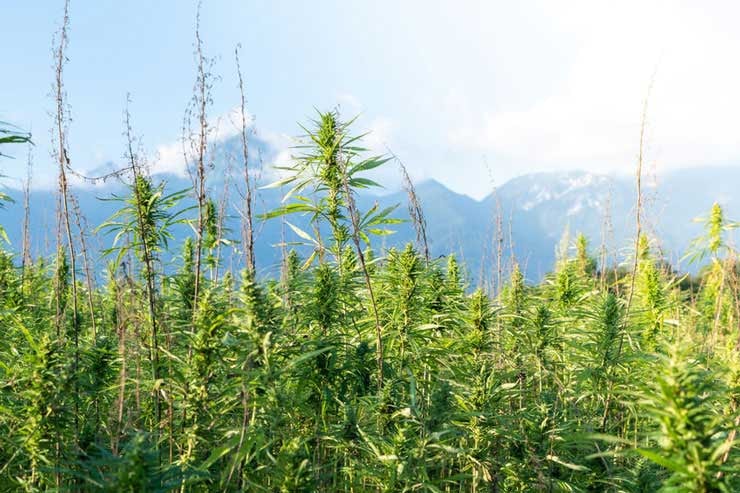It’s hard to talk about cannabis without mentioning the different types of cannabis. Most often referred to as marijuana strains, they’re also referred to as cannabis varieties, cannabis cultivars (cultivated varieties) or cannabis chemovars (chemical varieties). Chemovar is the least popular but also the most accurate term.
The variability of strains is said to be responsible for factors such as:
- Smell and taste, or aroma
- Adverse effects
- Type of intoxication, or reported effects
- Therapeutic applications: how it helps with specific symptoms and/or conditions
- Cultivation: difficulty, morphology (height, shape, etc), yield, climate, etc.
Most online cannabis education resources address these factors, but there’s a problem — there’s no definition or standard for what qualifies as G-13, or Strawberry Cough, or GDP (or any other strain for that matter). Anyone can call anything however they want, so the relevance of the aforementioned information to the particular cannabis variety that you have access to is severely limited.
Thanks to advances in regulation, and in research as a consequence, we’re gradually learning more about the hundreds of components in cannabis, and as such on the chemical profile of cannabis strains. We also understand that the chemical profile is the real factor behind the nature of these elements, rather than the name, smell or color of the strain.
For this reason, our strain pages present the elements of each variety as they’re described in the lay literature, but with a scientifically-oriented addition of the chemical profile – that is, the main cannabinoids and terpenes present.
Unfortunately, information on strains’ chemical profile is extremely limited, so we present data from laboratory tests for specific strain names (this information often varies widely). This is not to say that the numbers we provide are carved in stone, but rather an estimation of which cannabinoids and terpenes you might find when buying a specific strain, and in what quantities.
The information at the top of each strain page provides a quick look into the strain’s chemical profile, with features such as the main cannabinoids and terpenes, the medical conditions that might be correlated to the chemovar, and its sativa/indica origins. The full chemical profile is also available, lower down the page.
One important thing to remember when navigating these pages, is that they can give you an estimation of what you could expect to find when buying a product, but you should look for the certificate of analysis. This is the only why to know what cannabinoids and terpenes you are really consuming.
Also, keep in mind that the effects you’ll experience from a given chemovar come down to a variety of factors — and the chemical profile is only one of them. Your unique biology, your age, and your tolerance, along with the amount you consume and how you consume it, also play an important role. Ultimately, the best you can do is to educate yourself as much as possible and then employ a trial and error approach to what works for you and your body.
Sign up for bi-weekly updates, packed full of cannabis education, recipes, and tips. Your inbox will love it.

 Shop
Shop Support
Support
















